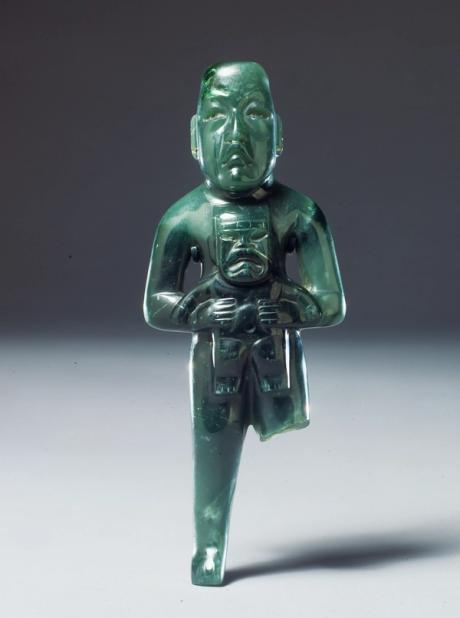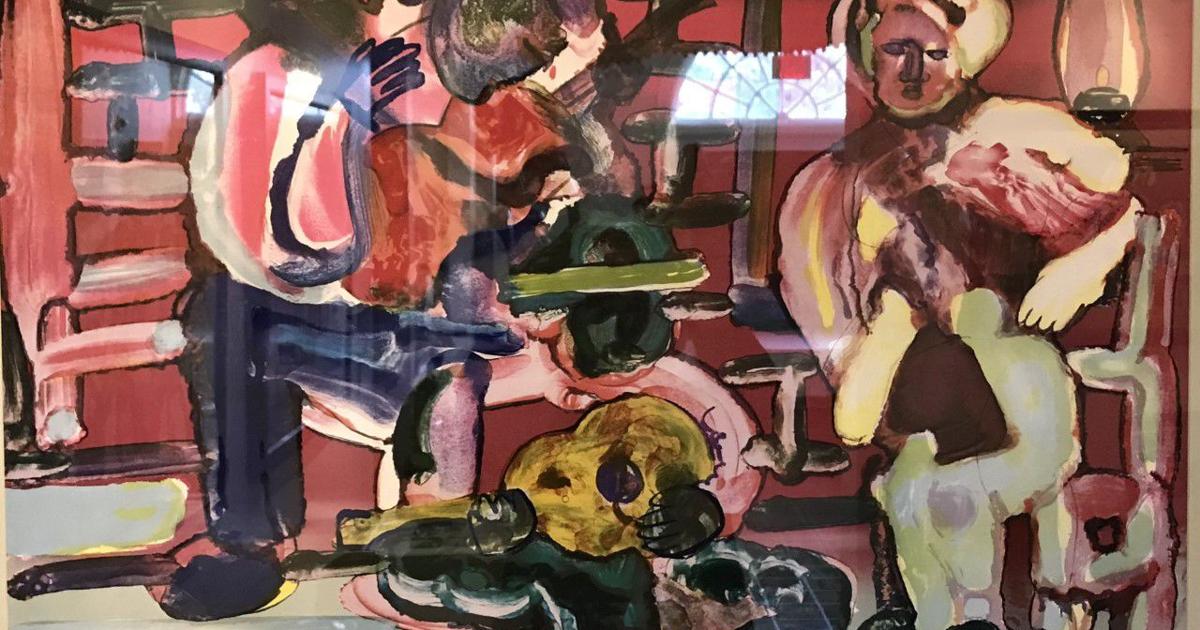South Stone
2011 - Film & Video (Film & Video)
Zhou Tao
For over five months, Zhou situated himself in an underdeveloped village surrounded by the high skyscrapers of Guangzhou to produce South Stone . Interweaving footage of a village’s landscape, residents, and animals with his seemingly absurd interventions with the place, South Stone indicates the equally incoherent social reality. Fluctuating between documentary and fiction, the film catalyzes alternative connections in time, and the emergence of imaginative spaces. Zhou’s practice alchemizes the ordinary surroundings into a theatre where he superimposes and interchanges the background and the stage, the viewer and the actor, the fact and the story line, the documentation and the representation. His camera is not simply a recording apparatus but an extension of existence, which requires active participation. The images it produces are not just detached spectacles: They are the agents that reveal the theatrical details suffused in mundane life.
Artist Zhou Tao has a diverse and varied practice, and notably, he denies the existence of any singular or real narrative or space. Depicting subtle and often humorous interactions with people, things, actions, and situations, Zhou is known for his films that invite us to experience the multiple trajectories of reality; what he calls the “folding scenario” or the “zone with folds.” For him, the use of video is not a deliberate choice of artistic language or medium, instead the operation of the camera is a way of being that blends itself with everyday life. In his work, Zhou connects seemingly disparate milieus, turning his attention to often ignored sites that exist on the threshold between the natural and the artificial. The visual narratives merge different spatial constructs such as landscapes, the metropolis, construction sites, parks, public squares, and wastelands.
Colors:
Other related works, blended automatically
» see more
Related works sharing similar palette
» see more

© » THEARTNEWSPER
Kimbell Art Museum acquires important cultural touchstone of Olmec art Art market Museums & heritage Exhibitions Books Podcasts Columns Technology Adventures with Van Gogh Search Search Museums & Heritage news Kimbell Art Museum acquires important cultural touchstone of Olmec art The jade statuette of an Olmec ruler holding a baby were-jaguar will be exhibited as the centrepiece of the Texas museum's ancient American collection Theo Belci 14 December 2023 Share Standing Figure Holding a Were-Jaguar Baby (around 900BC-300BC) Photo: Justin Kerr., courtesy of the Justin Kerr Maya archive, Dumbarton Oaks, Trustees for Harvard University, Washington, DC The Kimbell Art Museum in Fort Worth, Texas, has acquired Standing Figure Holding a Were-Jaguar Baby (around 900BC-300BC), a jade statuette at the centre of Olmec civilisation studies since the mid-20th century...

© » KADIST
Toby Ziegler
2005The Fifth Quarter might have taken its mysterious inspiration from the eponymous Stephen King story collated into the Nightmares & Dreamscapes collection...

© » ARTS EQUATOR
SMU Series: More Than Just Managers, Enabling the Arts | ArtsEquator Thinking and Talking about Arts and Culture in Southeast Asia Articles Photo by Ian Schneider on Unsplash October 4, 2018 This article is the third in a series of essays by students from the Singapore Management University Arts and Culture Management programme...
Other works by: » Zhou Tao
» see more
Related artist(s) to: Zhou Tao » Liu Ding, » Wang Wei, » Armin Linke, » Cao Fei, » Chu Yun, » Duan Jianyu, » Kan Xuan, » Liu Wei, » Mariana Castillo Deball, » Pak Sheung Chuen
» see more

© » KADIST
Mariana Castillo Deball
2015Taking archaeology as her departure point to examine the trajectories of replicated and displaced objects, “Who will measure the space, who will tell me the time?” was produced in Oaxaca for her exhibition of the same title at the Contemporary Museum of Oaxaca (MACO) in 2015...

© » KADIST
Mariana Castillo Deball
Mariana Castillo Deball’s set of kill hole plates are part of a larger body of work problematizing archeological narratives, and drawing attention to the conservation process and its role in recreating an imagined object...











